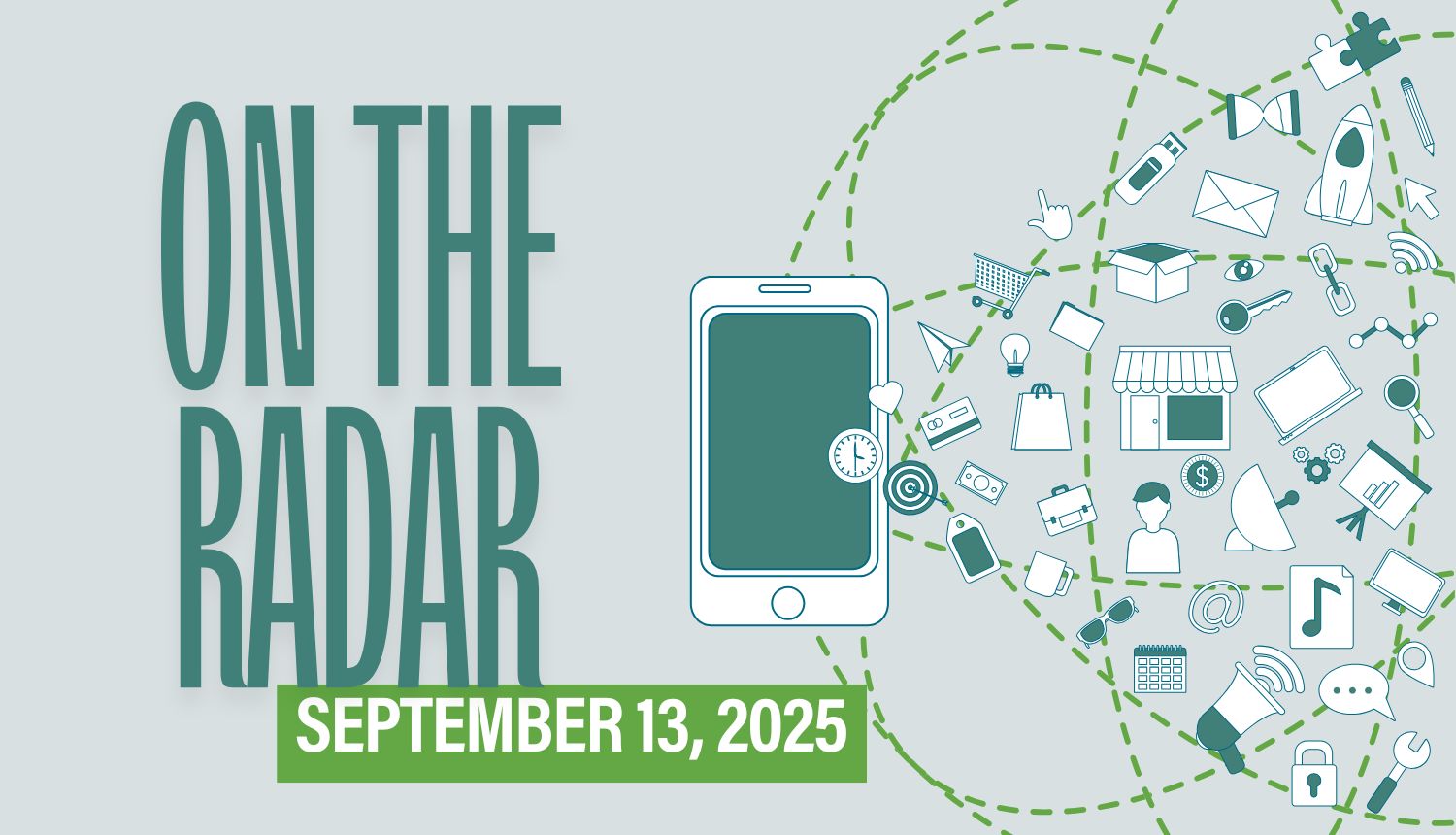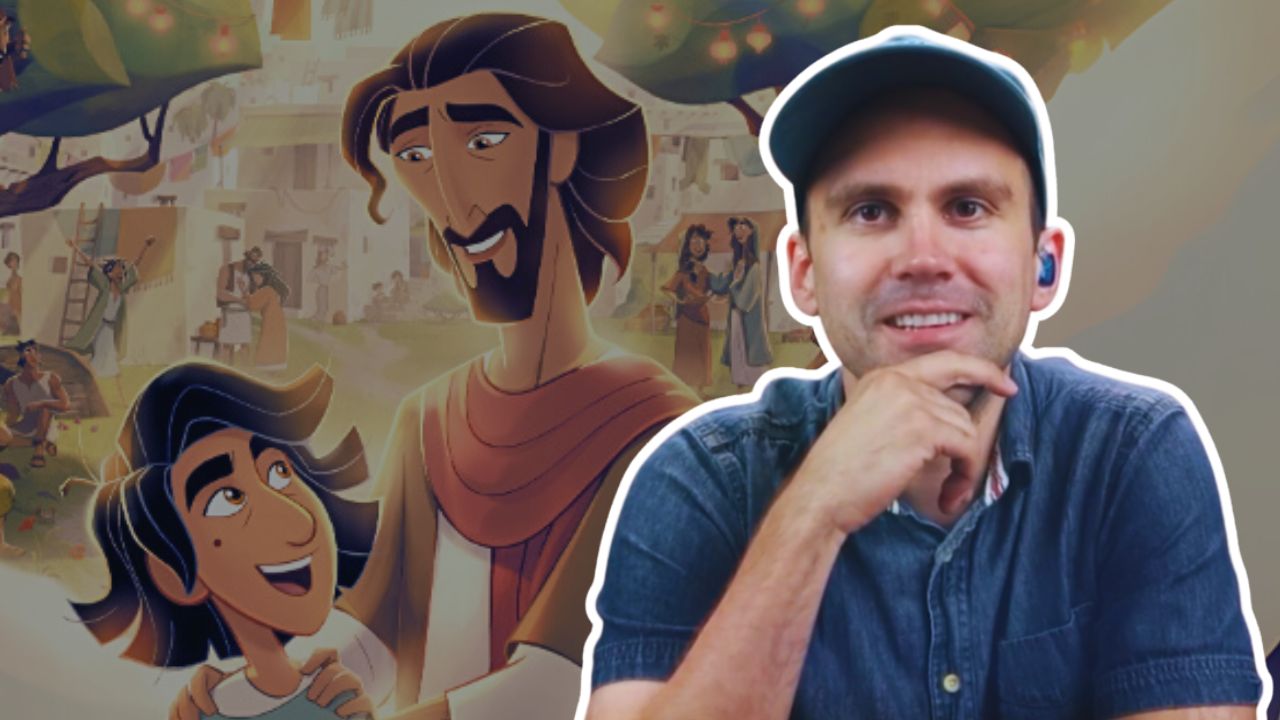Arrival and Anticipation
On Thursday, June 19, I participated in Michel van der Aa’s From Dust. The performance was presented as a virtual reality opera, scheduled into precise 20-minute time slots. Mine was from 15:10 to 15:30, and arriving on time felt unusually stressful. The teaser had given me an idea of what to expect: virtual reality, six opera singers, a 3D environment, and myself as the sole audience member—or perhaps participant.
A Personal Prelude
The Muziekgebouw felt oddly quiet that afternoon. I went up to the Kleine Zaal, where a staff member welcomed me and led me into a glass room in the middle of the hall. Another person behind a desk gently asked me to sit down, explaining that they needed to ask some questions. My responses would shape my personal version of the opera.In another context, such personal questions might have felt intrusive. Here, however, given the technological nature of van der Aa’s work—where opera often merges multimedia and virtual worlds—it felt fitting. Yet, I couldn’t shake a sense of unease about the reliance on technology.
The questions were straightforward but evocative:
- Describe a place where you feel safe or comfortable.
- Describe a place where you feel uneasy and not yourself.
- Describe a utopian place you imagine in the future.
Each scenario required selecting an object that held personal significance. Answering, I began to anticipate the dramaturgy of the opera: perhaps a linear progression from comfort through discomfort, ending with hope.
The Waiting Room as Prologue
After answering, my body was scanned by a camera. I then sat alone in the waiting area, a stark contrast to the bustling anticipation of traditional opera performances. As I was waiting on the bench in the waiting area, there was nothing but laminated sheets containing the libretto, left there for the participant to read before entering the performance space. I waited quietly while reading the songs. The text repeatedly addressed the reader with lines starting, “You are…” or simply “You…”, creating an intimate, almost hypnotic rhythm, in combination with the quiet warm afternoon in the Muziekgebouw.
Entering the Virtual Stage
When I finally entered the performance space, a staff member explained the VR headset’s mechanics. They reassured me that if I encountered problems, help would come swiftly. Interaction with the virtual environment was encouraged. Before putting on the headset, I paused. My solitary journey—questionnaire, body scan, waiting alone—had already begun shaping the opera experience. The headset was simply the next step, turning imagination into virtual reality.
Inside the Opera
Inside the VR space, I followed an orange line towards a glowing circle. A white-clad virtual figure began singing the first aria in soprano, seemingly directed toward me. The song was performed as a combination of soprano and alto voices, if I remember correctly. Six female singers appeared in the first scene; four quickly vanished. The remaining two singers each walked through separate doors—one red, one blue—and I was asked to choose between them. Echoes of Neo’s red-pill-blue-pill choice from The Matrix came instantly to mind. My choice led me into a space resembling the first environment I’d described earlier.
In the 3D environment, I saw what looked like a flat image of a quiet, sunny street with some parked cars. It was clearly a 2D image embedded in the 3D space—visibly different from the singers and the rest of the scene. I suspect this image was AI-generated. Despite depicting a contemporary European street, unlike the setting I had imagined (which was from a different time and place), the emotional atmosphere felt surprisingly close. Soon, the image began to dissolve. A floating frame appeared, holding the object I had described in the first question. It looked distant—as if it too was about to fade away.
Throughout the opera, there was no orchestra, just electronic music through headphones. The score didn’t involve specific instruments—it was entirely digital I believe. I was overwhelmed by the visual and interactive elements, which made it hard to retain specific musical memories. Some songs were even performed a cappella or with subtle counterpoint, evoking a modern Celtic or dreamlike atmosphere. Despite the grounded, human voices, the natural imagery and vocal techniques made it feel like drifting through a lucid dream.
Gaming the Opera
The experience quickly began resembling a video game: following characters, listening to looping electronic scores, performing simple interactive tasks. In one playful moment, while following a singer through clouds, I got distracted and lost my path. Immediately, the VR world turned red, and a staff member physically tapped my shoulder, restarting the scene. Clearly, this was less live opera and more an interactive virtual simulation.
Certain scenes stood out vividly. In one, I sat on a floating platform rising through the air, an experience genuinely evoking flight. In another, an elevator ascent into a towering structure produced a sense of scale and anticipation. Upon entering that building, I found myself in a limbo-like dreamscape that gradually turned darker in mood and music, verging on nightmare.
One of the next scenes was striking, which showed a business conference room—matching the second place I had described earlier. It featured a large screen, people in formal dress, and a heavy atmosphere. A glowing orb hung above my head. When I looked up, I saw it: a blazing star-like sphere. With the electronic soundtrack intensifying, the entire scene began to burn. A wave of catharsis washed over me.
A Glimpse Behind the Curtain
Yet, this immersion was humorously disrupted at one point. Due to slight misplacement of the headset, I glimpsed reality through a small gap, noticing the floor covered in QR codes and markers, technicians quietly working behind desks. I suddenly felt silly that I unintentionally left the Matrix simulation world, realizing that from their perspective I was simply moving oddly in an empty room.
This moment may raise interesting questions: who was performing for whom? Was I audience or performer? What constitutes the actual “opera” here—the pre-recorded virtual singers, or my embodied interaction with the technology? Does each participant follow a similar dramaturgical structure?
If I had to answer, I’d say the singers were performing for me—I was the central audience, even though it was all pre-recorded. But I was also performing for the technicians, who were observing me in that bare room as I moved and gestured. They, too, were watching the simulation, including AI-generated imagery built from my imagination.
In-between Experience
The blend of personalized scenes and the more universal parts of the opera, combined with the music, the singers, and the surreal visual world, allowed me to live through the emotional arc I had envisioned from the start: a linear progression from comfort through discomfort, a cathartic turning point, and then a gesture toward hope. After a couple of days, this opera experience still lingers with me, somewhere between dream and design. I still wonder: what if I had chosen the other door? Would the opera experience have been entirely different? Which one do you think I chose?
From Dust blurs boundaries between audience and performer, between live theatre and interactive game, ultimately challenging traditional operatic conventions. While lovers of classical opera might find the experience unsettlingly unfamiliar, those open to exploring intersections of technology and performance may find in van der Aa’s virtual creation an engaging and thought-provoking encounter.
Javad Mohajeri is a master’s student in Theatre Studies at the University of Amsterdam.
Students of the University of Amsterdam’s MA International Dramaturgy and MA Theatre Studies visited the Holland Festival and rehearsed different ways of reflecting on what they experienced there. The explicit experiment was developed and supervised in collaboration between the coordinator of the two MA’s Ricarda Franzen and the education department of the Holland Festival, represented by Flora Dekkers. The question of which ways of “giving back” and reflection between academia and prospective work practices as dramaturgs might be adequate to the corresponding performances was the starting point of a trajectory spanning the Holland Festival. The students chose each two performances which they attended, all of which ground-breaking in their unique ways: American Trajal Harrell offered a format of attending “work in progress”, Michel van der Aa’s work experiments with AI and opera in novel ways and Carolina Bianchi already won several awards with her second part Brotherhood of her trilogy on femicide, rape and violence.
This review was first published by the Holland Festival, reposted with permission.
This post was written by the author in their personal capacity.The opinions expressed in this article are the author’s own and do not reflect the view of The Theatre Times, their staff or collaborators.

















